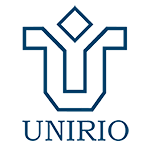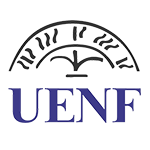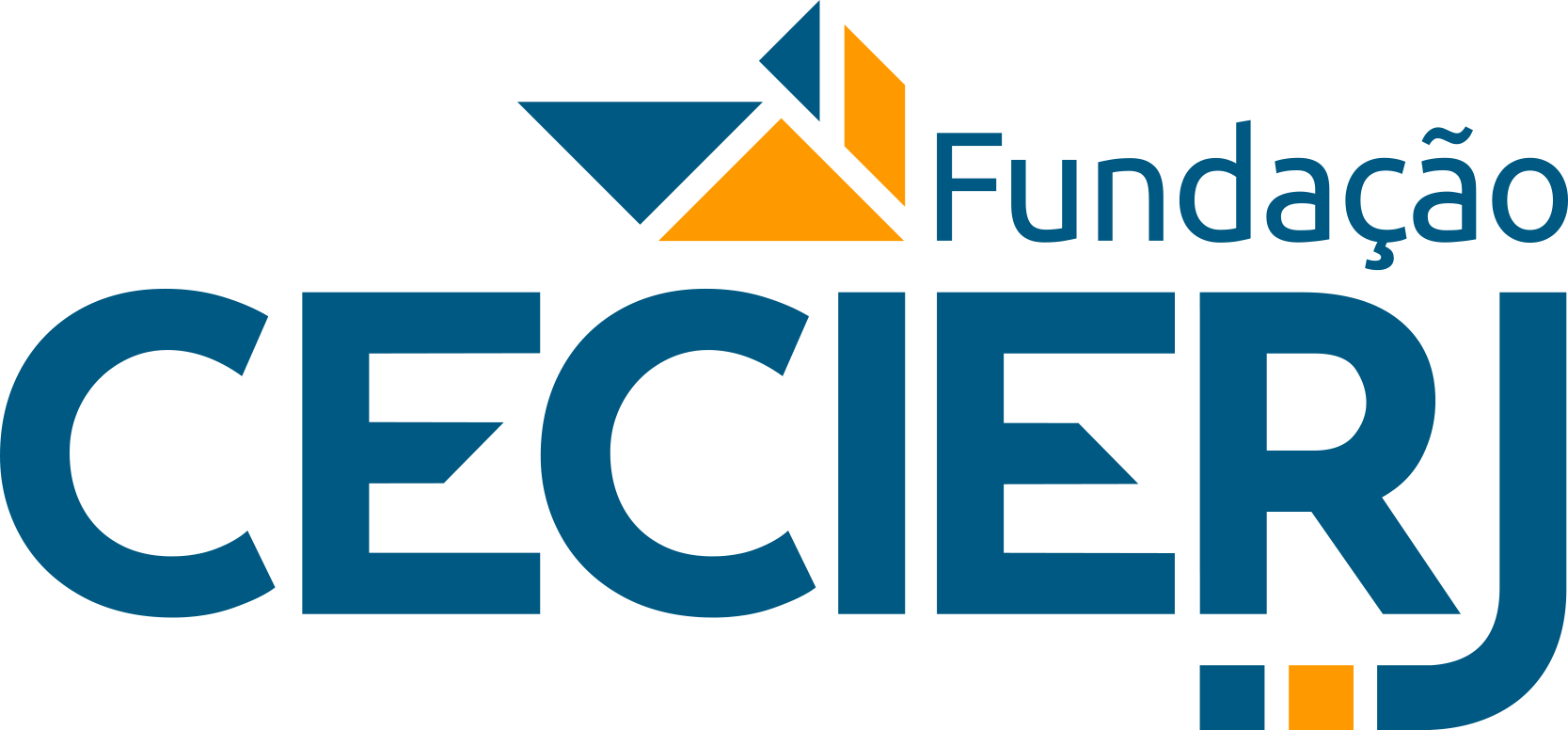Analyzing YouTube Channels as Objects of Learning to Support the Study of Calculus I in Exact Sciences Courses
DOI:
https://doi.org/10.18264/eadf.v14i1.2090Keywords:
Learning objects, Information and communication tecnologies, University teaching, YouTubeAbstract
Video lessons are no longer just an adjunct to learning, they have been increasingly added to the study routine of students at different educational levels. The use of YouTube video lessons as a complementary tool is increasingly growing, regardless of the area of study. However, there is little literature regarding the effectiveness of the teaching models used in these videos. Considering the difficulties of students in learning mathematics, the objective of this work is to carry out a survey and analysis of the main Mathematics channels on YouTube watched by students, as complementarity to studies, from courses in the STEAM area of the Virtual University of the State of São Paulo. To achieve such goal the twelve principles of multimedia learning formulated by Richard Mayer were applied: Coherence, Signaling, Redundancy, Spatial Contiguity, Temporal Contiguity, Segmentation, Pre-training, Modality, Multimedia, Personalization, Voice, and Image. Information was collected from the channels accessed by students using forms and the five channels with the highest number of views on the YouTube platform were selected. After the analysis, it was found that a most of the principles are present in teaching strategies of the teachers who manage the channels, highlighting redundancy, temporal contiguity, modality, personalization, voice and image. Still, details related to visual issues and accessibility when playing videos can be improved.
Keywords: Learning objects. Information and communication technologies. University. teaching, YouTube.
Downloads
References
ALMEIDA, R. et al. Avaliação de objetos de aprendizagem sobre o sistema digestório com base nos princípios da Teoria Cognitiva de Aprendizagem Multimídia. Ciência & Educação (Bauru), 20, p. 1003-1017, 2014.
BRAGA, A., et al. A teoria cognitiva da aprendizagem multimídia no desenvolvimento de atividades de alfabetização matemática. Scientia Plena, 15(7), 2019. https://doi.org/10.14808/sci.plena.2019.074803
CORADINI, F.R. Objetos de Aprendizagem: uma proposta de recurso pedagógico nos anos iniciais do ensino fundamental. 2009.
CORTEZ, L.C. OS VÍDEOS DO YOUTUBE COMO RECURSO DIDÁTICO. 2010. 52 f. Monografia (Especialização) - Curso de Pós-graduação Latu Sensu em Mídias Integradas na Educação, Universidade Federal do Paraná, Curitiba, 2010.
CURRAN, V., et al. YouTube como um recurso educacional na educação médica: uma revisão de escopo. Educador de ciências médicas, 30 (4), p.1775-1782, 2020. Disponível em: https://doi.org/10.1007/s40670-020-01016-w
FOLHA DE SÃO PAULO. Acesso à internet cresce em 2020 com 64% das casas da classe D/E conectadas.18 ago, 2021. Disponível em: https://rb.gy/bduzev - Acesso em: 23 mar, 2022.
IEEE STANDARD FOR LEARNING OBJECT METADATA. Us-Canada: Ieee LTSC, 16 nov. 2020. Disponível em: 10.1109/IEEESTD.2020.9262118 Acesso em: 13 mar. 2024.
MAYER, R. Research-based principles for the design of instructional messages. Document Design, [S.L.], v. 1, n. 1, p. 7-19, 5 nov. 1999. John Benjamin’s Publishing Company. http://dx.doi.org/10.1075/dd.1.1.02may
MAYER, R. Multimedia Learning. 1. ed. New York/USA: Cambridge University Press, 2001.
MAYER, R. et al. A personalization effect in multimedia learning: Students learn better when words are in conversational style rather than formal style. Journal of educational psychology, v. 96, n. 2, p. 389, 2004.
MAYER, R. Applying the science of learning to multimedia instruction. In: Psychology of learning and motivation. Academic Press, 2011. p. 77-108.
MAYER, R. Cognitive Theory of Multimedia Learning. Chapter. In The Cambridge Handbook of Multimedia Learning, edited by Richard E. Mayer, 43–71. Cambridge Handbooks in Psychology. Cambridge: Cambridge University Press, 2014.
MIRANDA, G. Ensino online e aprendizagem multimídia. Relógio d'Água Editores, 2009.
SOUZA, C.A. e MORALES, O. Coleção Mídias Contemporâneas. Convergências Midiáticas, Educação e Cidadania: aproximações jovens. Vol. II, Ponta Grossa: UEPG/PROEX, 2015
PIMENTEL, C. Repórter da Agência Brasil. Pisa: menos de 50% dos alunos sabem o básico em matemática e ciências. 2023. Disponível em: https://rb.gy/iegouv Acesso em: 13 mar. 2024.
SILVA, A.M.; MONTANÉ, F. Objetos de Aprendizagem baseados na teoria da Aprendizagem Multimídia. Redin-Revista Educacional Interdisciplinar, 2017, vol. 6, no 1.
SCIENCE BLOG BRASIL. Disponível em: https://www.blogs.unicamp.br/sbbr/ Acesso em: 23 mar, 2022.
SCHWARTZ, M. Khan academy: The illusion funder standing. Online Learning Journal, v. 17, n. 4, 2013.
UNIVESP. UNIVESP em números 2021: TCESP. São Paulo: Governo do Estado de São Paulo, 2021. 19 p. Disponível em: https://rb.gy/d0wb63 - Acesso em: 09 ago, 2022
UNIVESP. GUIA GERAL Produção de Disciplinas. São Paulo: Governo do Estado de São Paulo, 2020. 19 p. Disponível em: https://apps.univesp.br/academico/guia-disciplina/ - Acesso em: 09 ago, 2022
YOUNDER. Objetos de aprendizagem: aprimorando os treinamentos. Disponível em: https://rb.gy/ro9hbm - Acesso em: 23 mar, 2022.
Downloads
Published
How to Cite
Issue
Section
License
Copyright (c) 2024 EaD em Foco

This work is licensed under a Creative Commons Attribution 4.0 International License.
All articles published in Revista EaD em Foco receive the license
Creative Commons - Atribuição 4.0 Internacional (CC BY 4.0).
All subsequent publications, complete or partial, must be made with the acknowledgment, in citations, of the Revista EaD em Foco as the original editor of the article.













